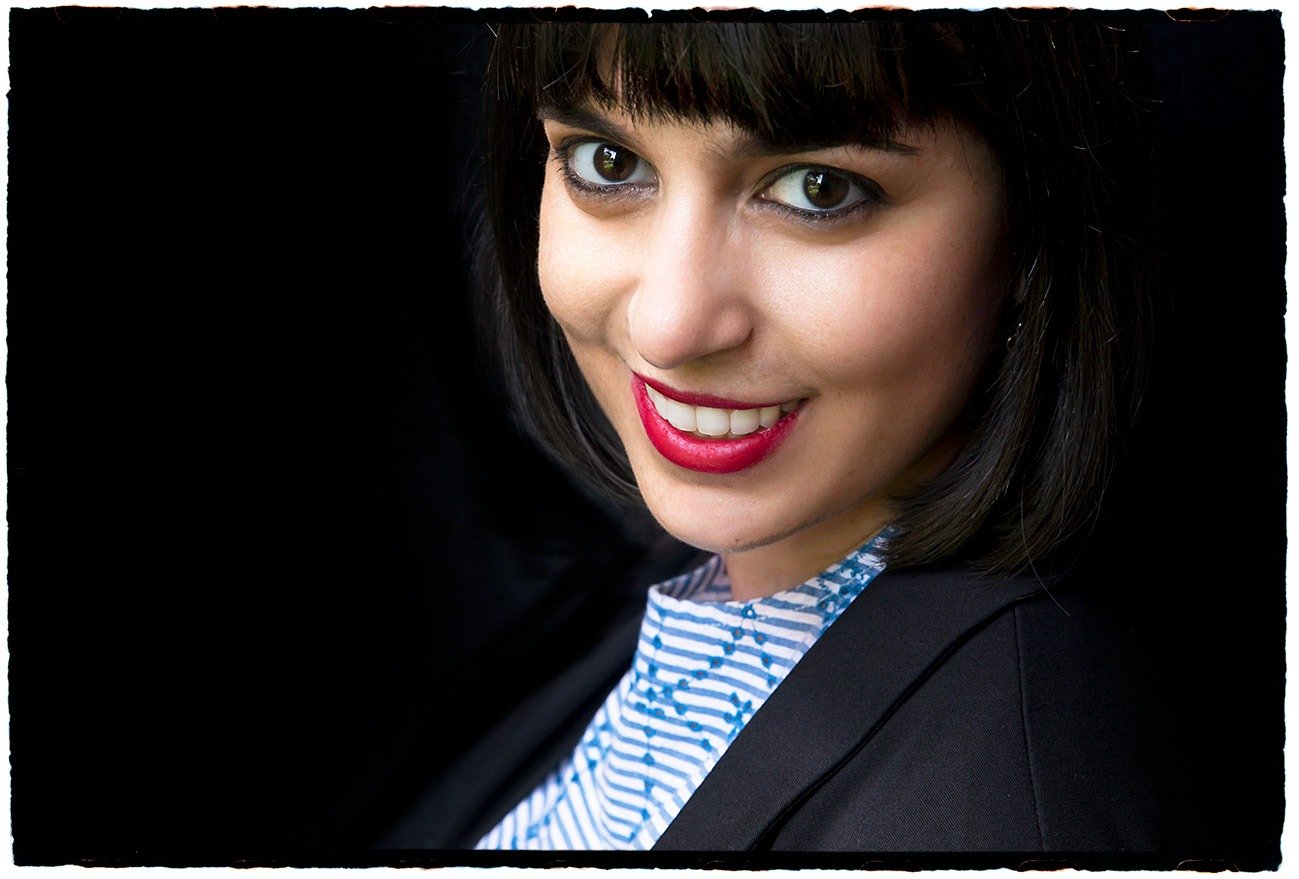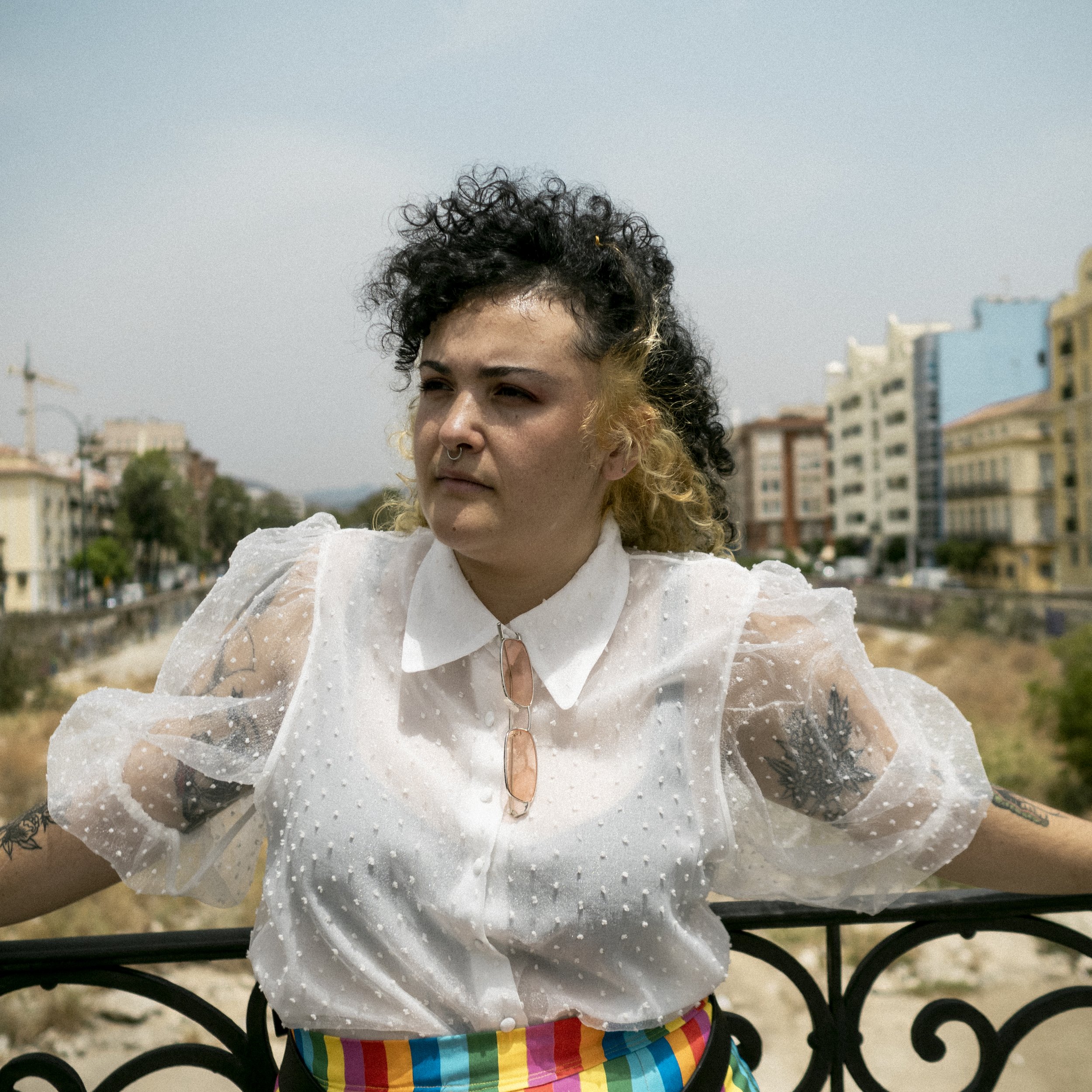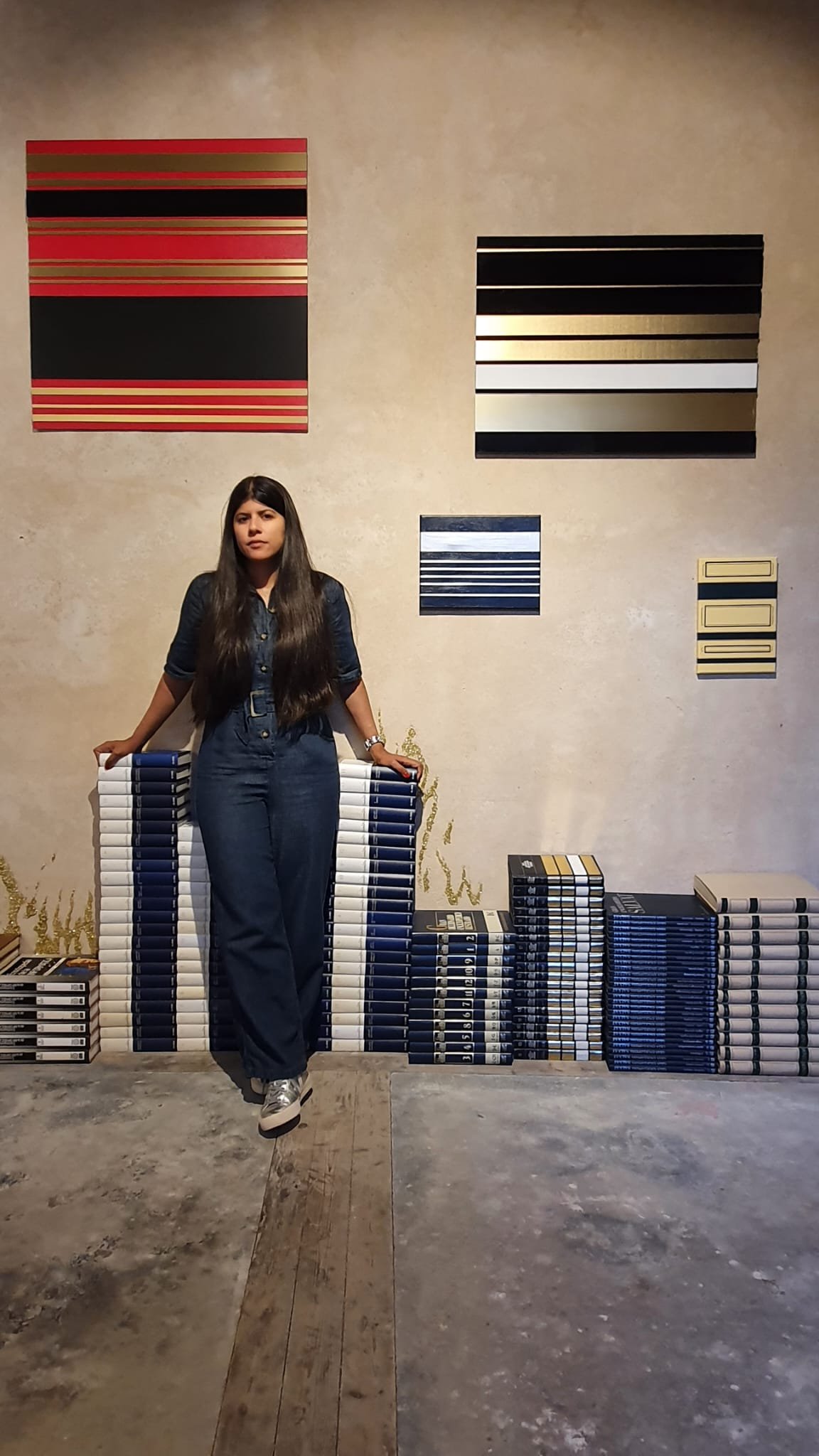ART MADRID ‘23: CURATED PROGRAMME
The Galería de Cristal of the Palacio de Cibeles
Madrid. From 22nd to 26th February, 2023
By WAC | 18 FEB 2023
Beyond the reason why they are organised: to create the conditions of possibility for the commercial transaction of art works to take place between exhibitors and the public that visits them, any fair worth its salt does not fail to conceive a certain activity that transcends its aforementioned mission in the heart of the market. For this reason, we could know what differentiates a fair from the Madrid Art Week by paying attention to those proposals whose existence and imprint allow us to understand, in addition, the gathering of galleries as a cultural platform. Let's take a look, then, at the curated programme of the 18th edition of Art Madrid.
The fair in question has been committed to the young creators of the contemporary art scene for more than a decade. It is not new. However, for the first time it dedicates a curated programme with the purpose of giving visibility during the Madrid art week to four artists who are not very common on the commercial circuit during the year. Thus, from 22nd to 26th February, and through installation or performance, Agnés Essonti (Barcelona, 1996), Dela Delos (Oviedo, 1992), Alexia Sayago (Madrid, 1995) and Lorena Gutiérrez (Havana, 1987) will exhibit their projects in the fair's venue: the Galería de Cristal of the Palacio de Cibeles.
To address the notion of identity in the framework of a contemporaneity penetrated by alienation, the uses of technologies and all kinds of claims (gender, class, race), the curator of the initiative, Natalia Alonso Arduengo, borrows some verses from Mario Benedetti's Otherness: I was always advised to be other / and they even suggested that I had / notorious qualities to be so / that's why my future lay in otherness the only problem has always been / my congenital stubbornness / foolishly I didn't want to be other / therefore I continued to be the same.
DELA DELOS
Alicia de la Fuente de los Ángeles is an independent visual artist, researcher and creative artist based in Málaga. Her recent work involves the study of the affective management of a reality that appears increasingly immaterial and cryptic, through sculptural or installation processes intimately close to the playful. The humorous tradition often appears in his work, treating it with an almost anthropological fascination.
At Art Madrid he will be showing La Deriva, a work that reflects on the contemporary subject, a Homo Faber with no time for play. Dela Delos questions us with the following question: What is left, then, of Huizinga's Homo Ludens, and asks us to become players in a cute attraction, with soft, rounded shapes and pastel colours, with the ultimate aim of making us delve into the depths of our identity.
AGNÉS ESSONTI LUQUE
Cameroonian and Spanish artist born in 1996 in Barcelona. Her line of work focuses on themes such as Afro-diasporic identities, culture and race. Her pieces are catalysts for an investigative process that she sustains through various media, in which she finds the possibility of reconstructing her own memories. Essonti's work is strongly influenced by decolonial processes and activism. She explores self-representation, relational aesthetics and food politics, using mainly performance, video and photography.
La Cordobayangue is the performance she will be giving at Art Madrid: Wednesday 22nd at 7pm and Friday 24th at 6pm. In this performance the artist hybridises her Cameroonian and Andalusian heritage by wearing a flamenco dress designed from African textiles. Her body is the territory of reconstruction, of the search for one's own identity from a feminist and decolonial stance. Her body, abolishing established canons, will inhabit and travel around the fairgrounds in an attempt to decode her "I".
ALEXIA SAYAGO
Researcher and multidisciplinary artist from Madrid who moves between performance, installation and theatre itself. Since 2017 she has collaborated continuously with La Juan Gallery as an artist-in-residence in exhibitions such as AcciónXM2, SuperInstalación or the Canal Performance programme at Teatros del Canal in Madrid. He has participated in festivals such as SURGE, AcciónSpring-t or Territori and has held exhibitions in spaces such as Espronceda BCN, Tabacalera CSA, or Bizkaia Aretoa, among others.
At Art Madrid he will perform Desde donde escribo: Thursday, 23rd, at 7pm, and Friday, 24th, at 7.30pm. In this performance, Alexia Sayago works on the relationship between the figure of the branches and the figure of the bells in the second painting of Lorca's El público from the idea of the expanded body. The theatre allows her to role-play each character in order to address the tensions between individual and collective thought, between the first person singular and the first person plural. Pámpanos and Cascabeles are, for Sayago, permeable individuals, with a fluid identity, without sex or gender. They are bodies in movement that affect themselves and affect the reader/spectator. The conversation, therefore, is not only bidirectional but also omnidirectional. The audience can pass through.
LORENA GUTIÉRREZ CAMEJO
A Cuban artist born in Havana in 1987, she lives and works between Havana and Madrid. Lorena Gutiérrez's work ranges from installations, site-specific, objects, painting and photography, with beauty as a common element. The artist channels her concerns through camouflage, used as the main strategy of the image of power, which finds support in the use of light, fashion style and colour arranged in abstract forms.
Art Madrid will be showing his installation Horizonte no es frontera, in which, using the nautical flags that must be used on the high seas, and based on in-depth sociological and statistical research that he has carried out in recent years, he attempts to define four significant milestones of the mass exodus in Cuba, carried out exclusively by sea and during the last sixty-five years, coinciding with the current revolutionary process. Using the nautical codes that support the maritime flags, it shows both the geographical space and the historical moment when these exoduses took place (as these places and dates are translated through the alphabet represented by these maritime flags). The sea and flight are indissolubly linked to Cuban national identity, even if their echo resounds as empty and sad as a message in a bottle that in no way finds a receiver or a response.






